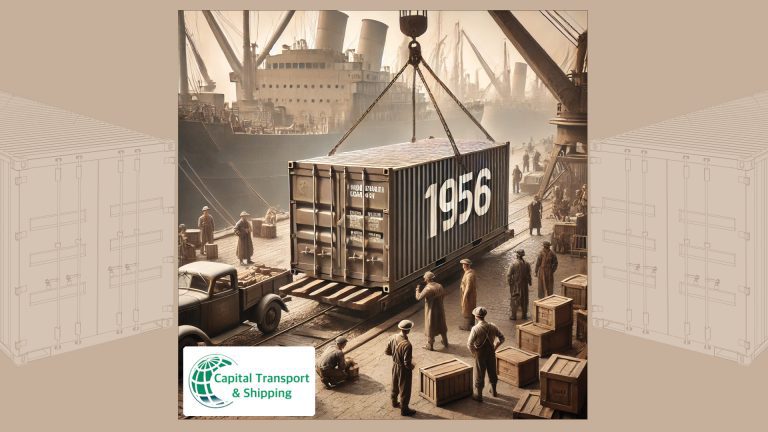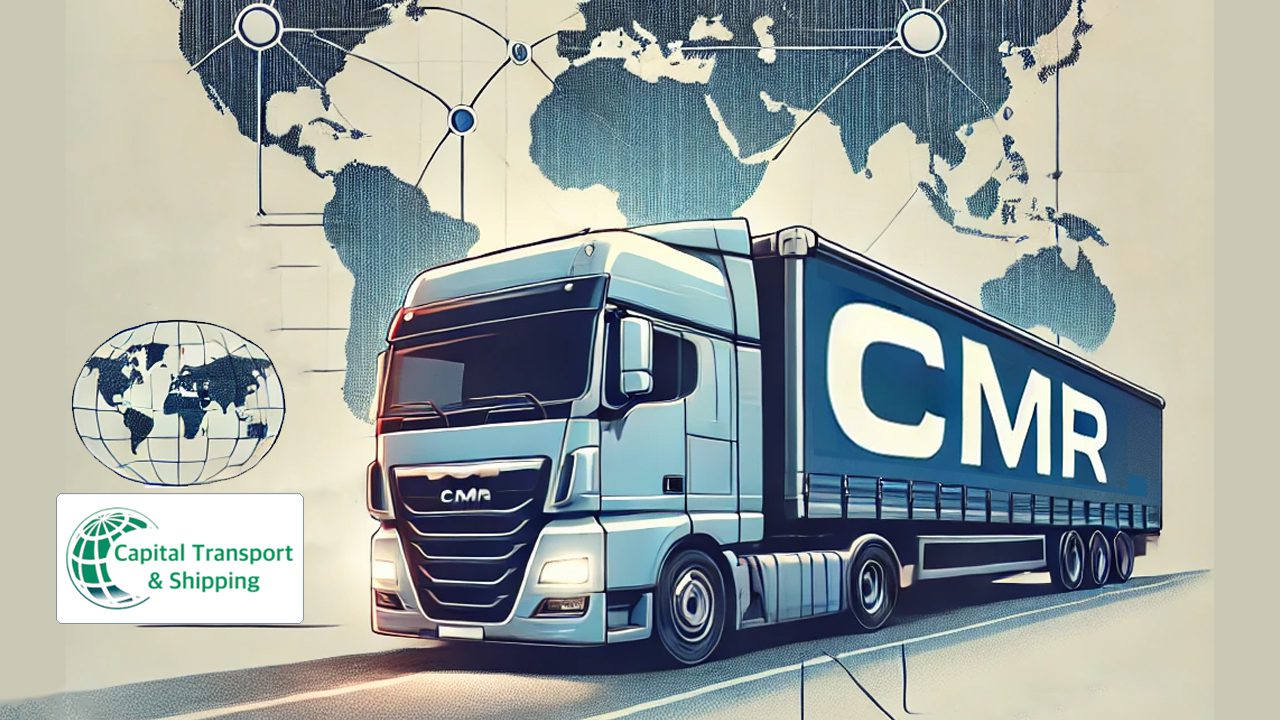The CMR document is short for “Convention on the Contract for the International Carriage of Goods by Road” (from the French Convention Relative au Contrat de Transport International de Marchandises par Route).
The CMR plays an essential role in facilitating road transport across international borders. Established in 1956, the CMR convention created a uniform legal framework for the international carriage of goods by road, ensuring a smooth flow of cross-border logistics.
Key Components of a CMR Document
- Contractual Agreement: A CMR document serves as a formal contract between the sender, carrier, and receiver, outlining the rights and responsibilities of each party throughout the shipping process.
- Details of the Goods: The document contains critical information about the goods being transported, such as their type, quantity, packaging, and identification numbers, minimizing the potential for misunderstandings or disputes.
- Terms of Carriage: This section covers transport-related terms like delivery routes, charges, and any specific agreements between the sender and carrier. It also includes details on the condition of the goods at the time of dispatch.
- Acknowledgment: The document typically requires signatures or other forms of acknowledgment from both the sender and the carrier, formalizing the agreement. Increasingly, electronic versions of this document (e-CMR) are being adopted, providing digital benefits like real-time updates and tracking.

Importance in International Transport
The CMR document is vital for road transport across borders, offering a standardized approach to logistics, especially when the shipment passes through multiple countries that are signatories to the CMR convention. More than 50 countries, including most European nations, as well as parts of Asia and North Africa, adhere to the CMR regulations.
How CMR Applies to Business
The CMR convention means that CMR-compliant countries must adhere to the convention’s legal framework. This ensures that shipments are protected under consistent regulations and that liability in case of damage or loss is clear.
The adoption of the e-CMR streamlines cross-border trade. This electronic version allows for faster documentation, reduced paperwork, and enhanced real-time tracking, contributing to more efficient logistics operations.

Benefits of Using a CMR Document
- Legal Clarity: The CMR document provides a well-defined legal framework, protecting all parties and facilitating easy resolution of disputes.
- Standardization: It ensures a consistent approach to international road transport, critical for businesses that operate across borders.
- Digital Adaptation: The introduction of e-CMR offers even greater efficiencies, reducing manual errors and speeding up processes.
Conclusion
Understanding the CMR document and its application is essential for businesses engaged in international trade. By following the CMR convention, these companies can ensure that their shipments comply with international standards, reducing risk and improving logistics efficiency. As e-CMR becomes more prevalent, the future of cross-border road transport will only become more streamlined and secure.

Contact Capital Transport today to help your business to grow, we are BRC AA accredited, with over 50 years of combined logistics experience.


